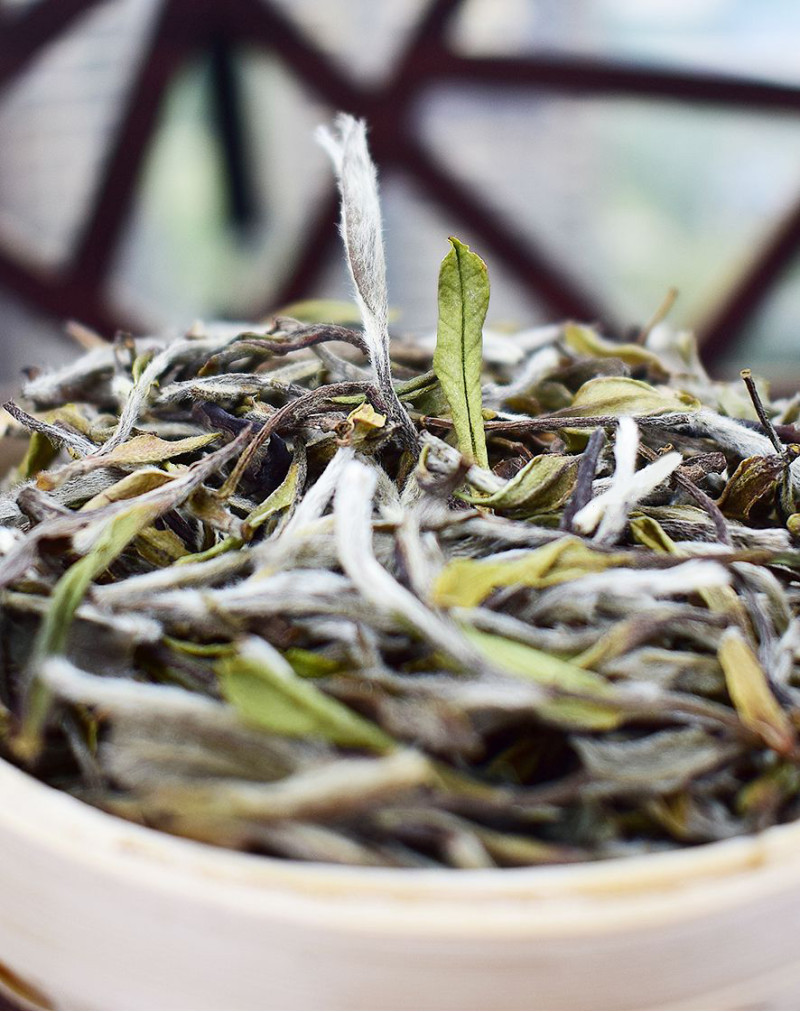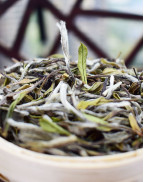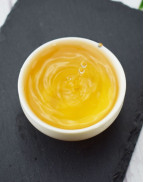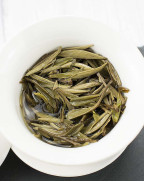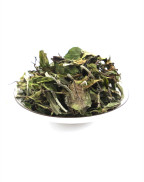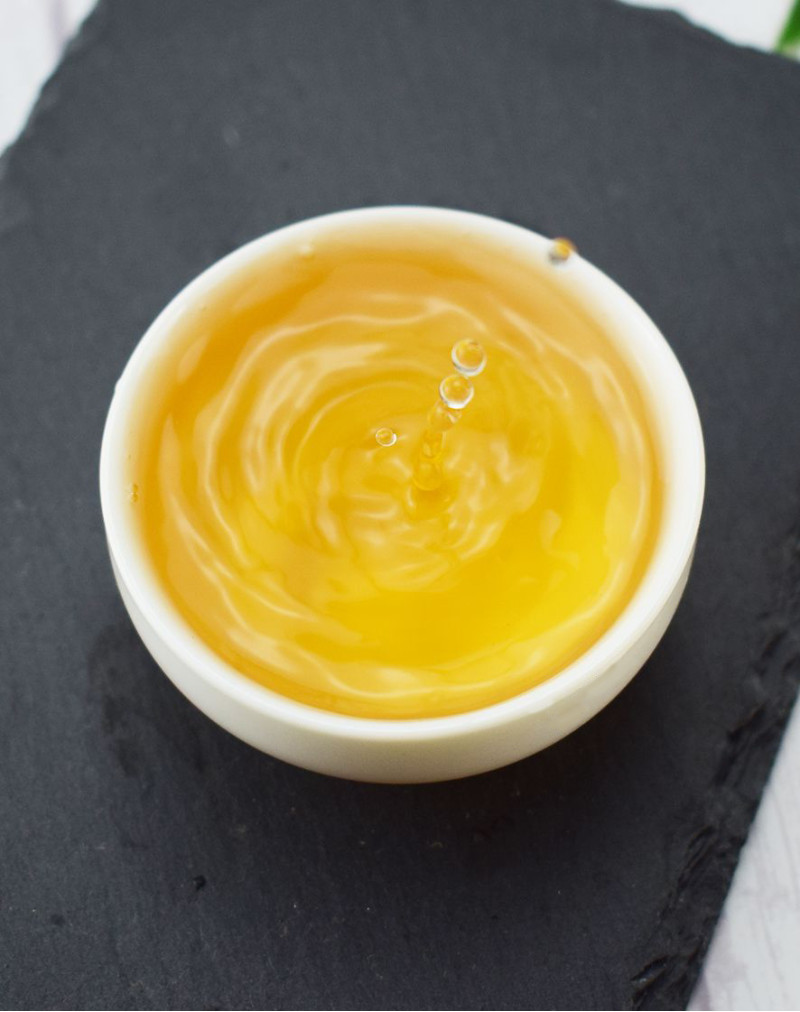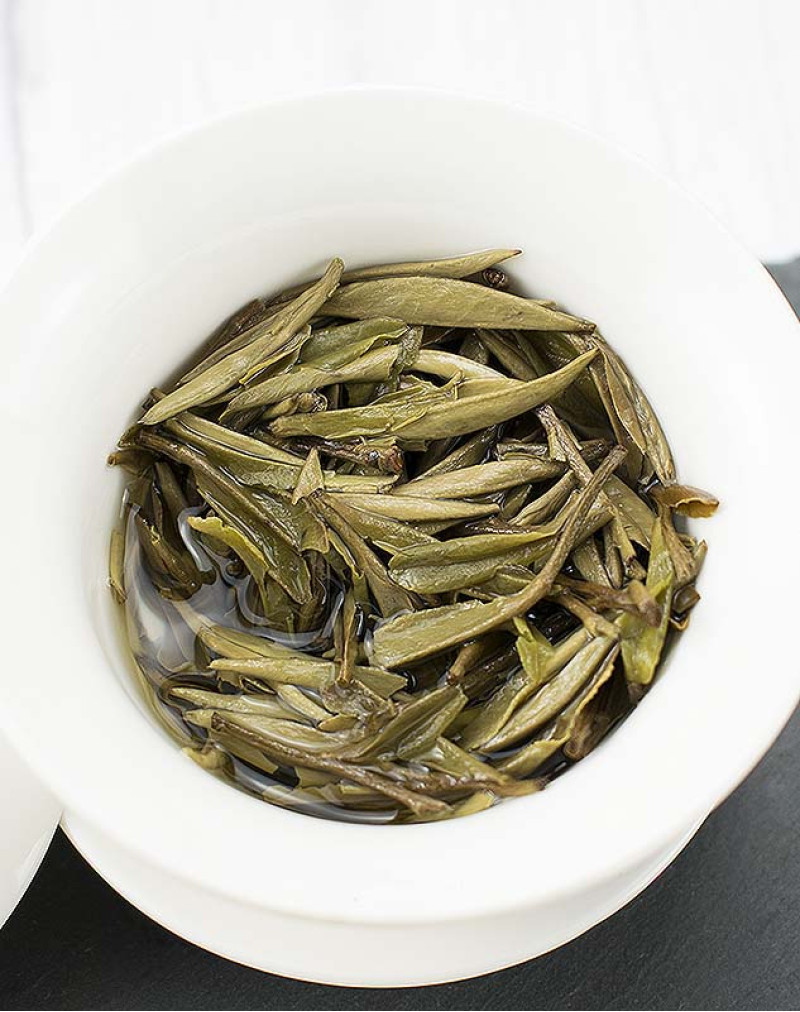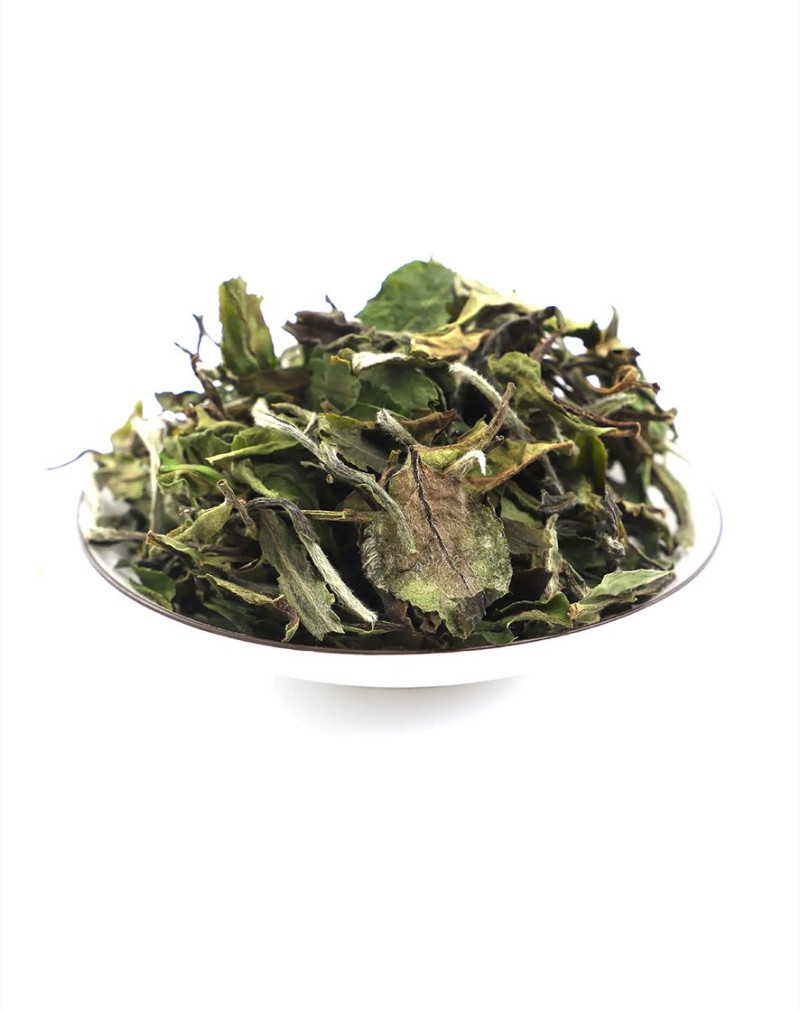White Peony (Bai Mu Dan) White Tea
- Product Code: Simple
- Availability: In Stock
Basic Info
Name: White Peony (Bai Mu Dan) White Tea
Origin: Fuding City, Fujian Province, China
Harvest Period: March 26, 2024
Taste & Aroma: Sweet aroma with hints of spring leaves,a hint of woodiness, pekoe flavour, floral & fruity undertone
Item Form: loose Leaves
Ingredients: hand-picking natural tea buds and leaves
Shelf Life: Can be preserved for a long time under suitable conditions
Caffeine: Low
Liquor: Light golden colour
Dry Leaf: Slender, down-covered buds with two tender young leaves
Storage: Store in cool, airtight, opaque containers
Flavor: Unflavored
Sourcing : Teapooo
White Peony (Bai Mu Dan) White Tea
Bai Mu Dan (White Peony)
Bai Mu Dan (White Peony), also known as 'White Peony', is a type of classic white tea from China. It is mainly produced in Nanping County, Songxi County, Jianyang City, Fuding City, Ningde City in Fujian Province, China.
Its leaves are densely covered with white fine hairs. After brewing, the pale-green leaves hold the tender buds just like flowers have just bloomed, so the name is white peony.
Features and Classification:
Plump buds are sandwiched between leaves, and the back of the leaves is densely covered with white fine hairs. The leaves and buds of Bai Mu Dan (White Peony) white tea are plump and tender, showing greyish green. The aroma is fresh and lasting after brewing, and the taste is mellow and sweet. The brewed veins become slightly red. Bai Mu Dan tea can be divided into Zhenghe Dabai tea, Fuding Dabai tea and Narcissus (Shui Xian) white tea according to the raw materials it is made.
_tea_garden.jpg)
Bai Mu Dan (White Peony) Tea Garden
Show Full Description
Fujian
Fujian Province is located on the southeast coast of China, facing the Taiwan Strait. It is a coastal province that borders Zhejiang to the north, Guangdong to the south, and Jiangxi to the west. Fujian Province is known for its scenic coastal areas, rich history, and cultural heritage, and it is also one of the most important tea-producing regions in China.

Fujian Province has a long history of tea cultivation and production, dating back over 1,000 years. The province is known for producing a wide range of tea varieties, including white tea, black tea, oolong tea, and scented tea. Some of the most famous teas from Fujian Province include Tie Guan Yin, Da Hong Pao, Bai Hao Yin Zhen, and Lapsang Souchong.
The tea-growing regions of Fujian Province are located mainly in the southeastern part of the province, in areas with a mild climate and fertile soil. The province's mountainous terrain, combined with its subtropical climate, provides ideal growing conditions for tea plants. Tea is grown on terraced hillsides, with some tea gardens located at elevations of up to 1,000 meters above sea level.
Fujian Province's tea industry is known for its traditional processing methods, which have been handed down through generations of tea makers. These methods involve withering, rolling, fermentation, and firing, and they are used to produce teas with unique flavors, aromas, and appearances.
History
It does not have a long history. Bai Mu Dan (White Peony) Tea was invented in Shuiji Township, Fujian Province before 1922. Shuiji originally belonged to Jian'ou County, but it was later introduced into Zhenghe County.Since 1922, Zhenghe County began to produce Bai Mu Dan (White Peony) tea and exported it to Vietnam. Now it is mainly sold in the Chinese Mainland, Hong Kong, Macao and Southeast Asia. Traditional Chinese medicine theory believes that it has the effect of reducing internal heat, so some people think it is suitable for drinking in summer.
Classification of white tea by fresh leaves and final product characteristics
- White peony tea is a kind of white tea which is made from large-leaf variety and traditional processing technology.
- Gongmei tea is the tea produced by the traditional process using small-leaf leaves as raw materials.
- Shoumei tea is made from leaves of large-leaf or small-leaf variety without buds.
Fresh leaves
Picking standards: High-grade Bai Mu Dan (White Peony) is strict with raw materials (fresh leaves). According to different requirements of grades, Bai Mu Dan (White Peony) tea are made from tea buds and one bud with one immediate young leaf or one bud with two young leaves.
The tea variety family used to produce white peony is the "Daibai" variety. In eastern Fujian, people use Fuding Daibai. In northern Fujian, Zhenghe and Daibai varieties are used. The difference of tea varieties leads to two different types in Bai Mu Dan (White Peony): Fuding variety and Zhenghe variety.
The date of picking also has a great relationship with the quality of Bai Mu Dan (White Peony) tea. The most suitable picking date is around the Qingming Festival in spring.
_tea.jpg)
Dried Leaves Of Bai Mu Dan (White Peony) Tea
Tea plant varieties
The tea variety family used to produce Bai Mu Dan (White Peony) is "Daibai" variety. In eastern Fujian, people use Fuding Daibai. In Northern Fujian, Zhenghe and Daibai varieties are used. The difference in the Bai Mu Dan (White Peony) tea plant leads to two different types of Bai Mu Dan (White Peony): Fuding variety and Zhenghe variety.
Picking standards
Bai Mu Dan (White Peony) tea can be picked in batches all year round, and the following standards should be followed when picking to ensure the quality and output of the tea.
Some of the common standards are as follows.
1.Don't pick tea on rainy days.
2. Tea leaves with dew on them can not be picked.
3. Purple buds are not suitable for picking.
4. Tea leaves by pests and diseases are not suitable for picking.
5. Over-mature and old leaves should not be picked.
6. Unhealthy buds and leaves can not be picked.
7. Frost-damaged tea leaves can not be picked.
Tea picking can be done in spring, summer and autumn. Most of these happen in the spring.
Common varieties that can be used to make Bai Mu Dan (White Peony) tea are Fuding Dahao, Fuding Dabai, Fu'an Dabai, Zhenghe Dabai, Shuixian and Gele. Different varieties of Bai Mu Dan (White Peony) have different features.
Processing steps
The primary processing procedure of Bai Mu Dan (White Peony) is basically the same as that of Bai Hao Yin Zhen tea: fresh leaves → withering → baking → Maocha(rough tea).
Compared to making processes of other teas, there are only two main processes for making white peony: withering and baking, but these two steps are hard to master.
_tea_withering.jpg)
Processing Of Bai Mu Dan (White Peony) Tea - Withering
Withering
The picked fresh tea leaves should be exposed to the sun for a period of time, and then briefly piled to promote oxidation. During this period, the enzymes in the tea interact with other components to form new chemicals, which are the internal key factors of Bai Mu Dan (White Peony) tea's taste and aroma. According to the taste, picking time and picking weather of finished products, the drying process may last for 1-3 days, and the piling step takes half an hour to 3 hours.
Baking
The drying process in Bai Mu Dan (White Peony) can last for 1 to 3 days, and then it is simply piled together, baked and dried, so as to be packaged. Tea leaves should be carefully handled carefully in the whole process to prevent the destruction of cell structure. If not handled properly, it may lead to unnecessary oxidation and quality degradation.
The key to the production process of white peony is withering. It is better to choose the appropriate weather
according to the climatic conditions, preferably the sunny weather in spring and autumn or the sunny weather in
summer. At the same time, it is better to adopt indoor natural withering or compound withering
methods.
Flavour
Bai Mu Dan (White Peony) is sometimes favored by some white tea lovers, because its taste is fuller and more mellow, and its aroma is stronger than that of Bai Hao Yin Zhen Tea, another major variety of white tea. The latter is made of young tea buds, so it is softer and more subtle. The typical taste of Bai Mu Dan (White Peony) is the result of the combined effects of processing methods and tea varieties.
Bai Mu Dan (White Peony) tea with good quality has obvious sweet and clear flavor, accompanied by pekoe, floral, grass fragrance. The taste will change significantly with the brewing times. After brewing, the Bai Mu Dan (White Peony) tea is mostly transparent amber and yellowish. Such a special good tea is worth a try.

The Core Production Areas Of White Tea In China
| Chinese Gongfu Method | |
| Tea | 5g |
| Water | Gaiwan (3oz / 85ml) |
| Time | 5 infusions: rinse,25s,30s,50s,70s,120s |
| Temperature | 90ºC / 194ºF |
| Teapot Method | |
| Tea | 6 - 8g |
| Water | Teapot (14oz / 400ml) |
| Time | 3 infusions: 1.5 mins, 2.5mins, 5mins |
| Temperature | 90ºC / 194ºF |


